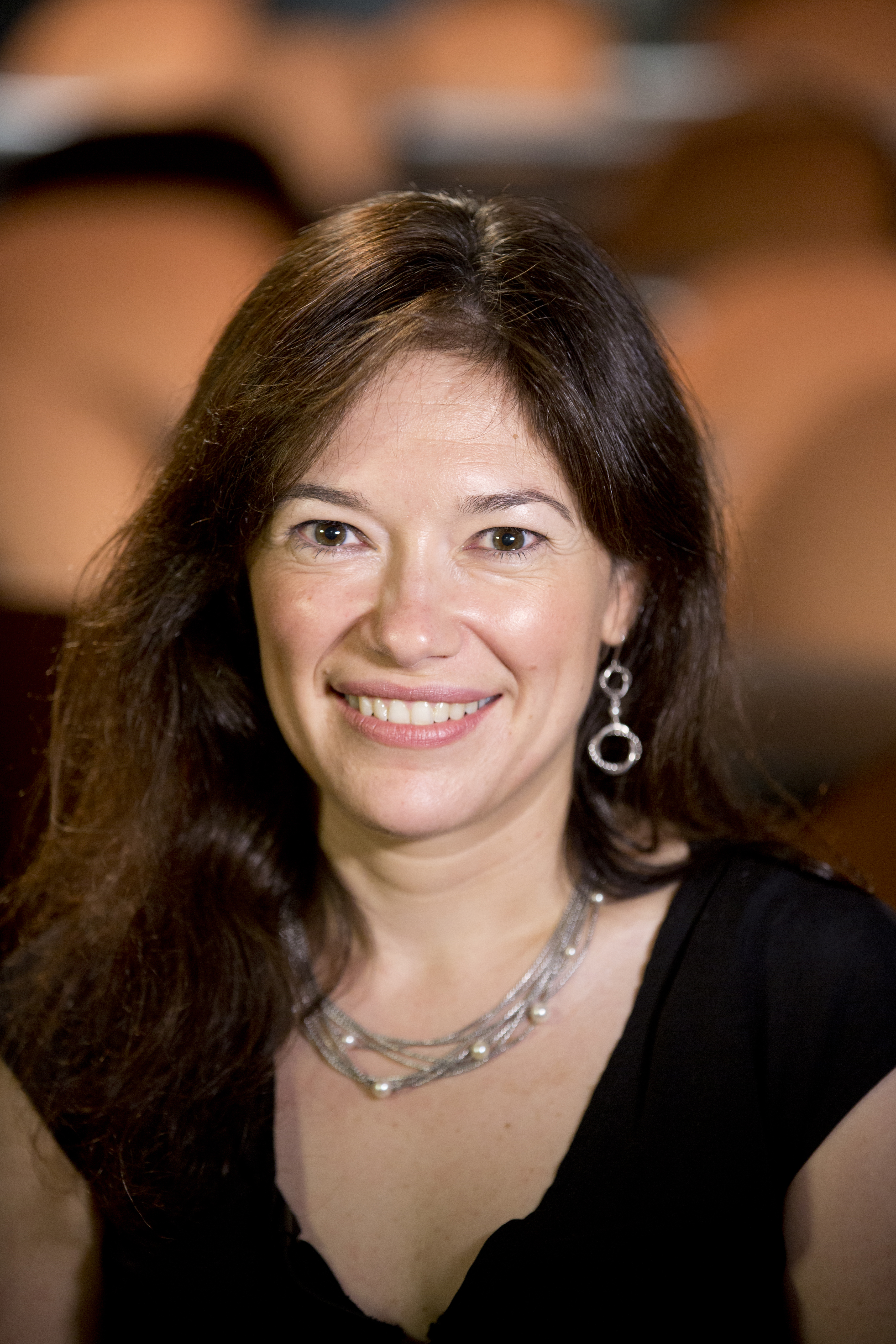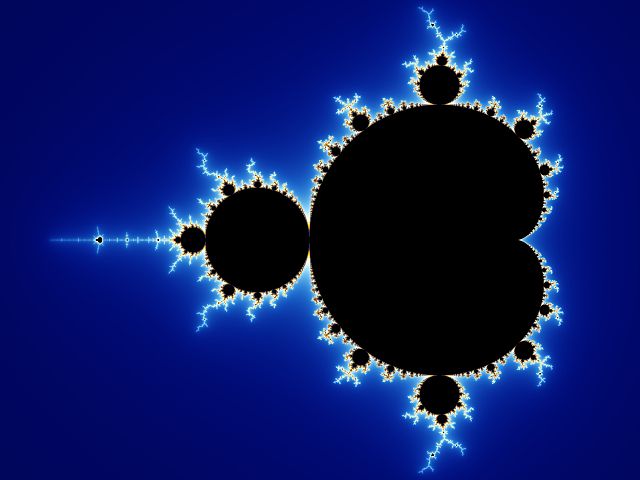The mere formulation of a problem is far more essential than its solution, which may be merely a matter of mathematical or experimental skills. To raise new questions, new possibilities, to regard old problems from a new angle requires creative imagination and marks real advances in science.

I strongly agree with this. Quite often a problem is not important in itself, but rather the tools developed in its solution are pivotal to science.
Mathematics
Great mathematical examples here are lemmas that go on to be more important than their original application.
One great example that springs to mind is the Poincaré lemma: “All closed differential k-forms (k > 0) are locally exact”.
Plenty of other examples exist. The point is, although initially the lemmas seem very technical and narrow, they turn out to be of independent interest and very powerful in unexpected ways.
Particle physics and space science
Possibly a better example is that of spin-off technologies from particle physics and space exploration. For example experimental particle physics has brought us, sterilisation methods, non-destructive testing, cancer treatments, medical imaging techniques and so on.
Wider society and culture
Something that should not be overlooked is the impact of science and mathematics on culture. Advances in mathematics and science can change our outlook on the Universe and shape what we are. To quote Robert R. Wilson, who was the first director of Fermilab, when asked to justify the cost of the experiments to the Congressional Joint Committee on Atomic Energy, said
It has only to do with the respect with which we regard one another, the dignity of men, our love of culture. It has to do with: Are we good painters, good sculptors, great poets? I mean all the things we really venerate in our country and are patriotic about. It has nothing to do directly with defending our country except to make it worth defending.













